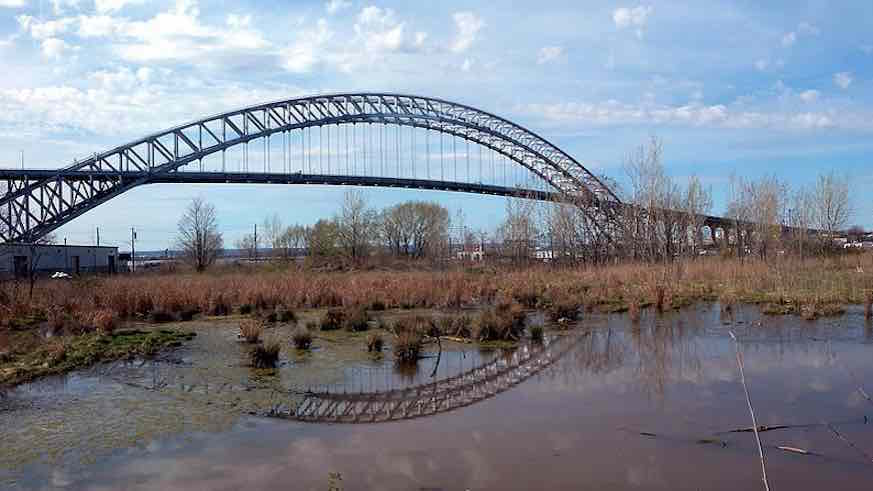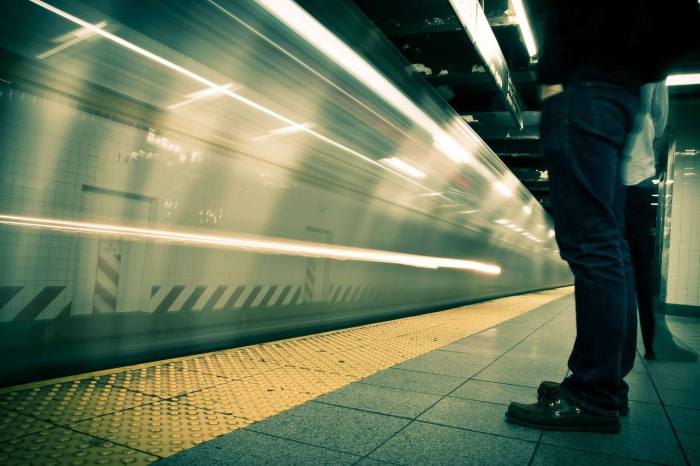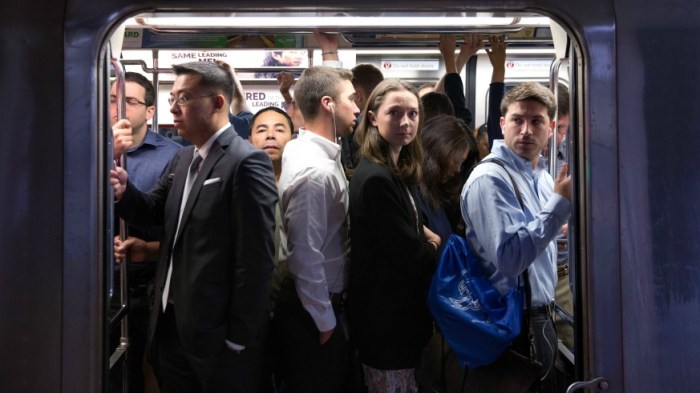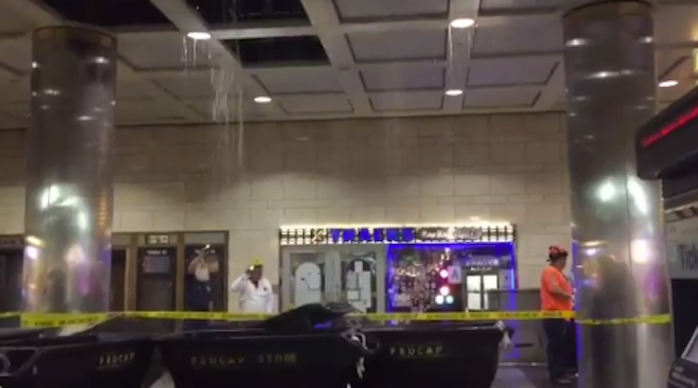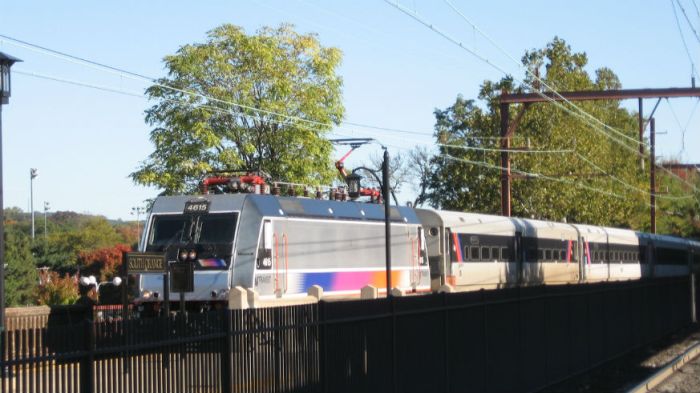Something else was missing from recent news that cost for reconstruction of the Bayonne Bridge has now grown between $350 to $400 million from $1.3 to between $1.65 and $1.7 billion. Ongoing work is two years behind schedule. This past fall was the 89th anniversary of the ground breaking for construction of the Bayonne Bridge. At that time, the New Jersey Transit Commission was making plans to also construct a transit connection between Staten Island and New Jersey. The concept was to extend the Staten Island Rapid Transit system across the Bayonne Bridge. It would connect with a new rapid transit line to run from Fort Lee New Jersey, adjacent to Hudson River south to Bergen Point in Bayonne. The Bayonne Bridge to Staten Island would be built with four lanes but with the capacity to add either three additional lanes for traffic or two additional lanes to support mass transportation.
Since the 1920s, there has been a series of feasibility studies sponsored by various governmental agencies and public officials over decades to improve transit connections between Staten Island and New Jersey residents. Millions of dollars have been spent with no tangible results.
These studies have generated money for consultants along with free publicity for elected officials who promise a bright future but left past generations holding an empty bag.
In the 1950s, the Staten Island North Shore Rail line was abandoned. This route previously provided direct service to the St. George, Staten Island Ferry Terminal. Some have estimated costs of $600 million dollars for restoration of service.
There is an alternative which would benefit both Staten Island and New Jersey residents. Consider extending the existing New Jersey Transit Hudson/Bergen Light Rail line from the current 8th Street Station terminus southward across the Bayonne Bridge to Staten Island. It could continue along the old Staten Island North Shore Rail line, connecting with the St. George, Staten Island Ferry Terminal.
Consider a three-way funding partnership between New Jersey Transit, Port Authority along with the Metropolitan Transportation Authority. If each agency would program $50 million per year over ten years or $500 million per agency, you would have $1.5 billion. You could leverage these locally committed funding to apply for $500 million in Federal Transit Administration New Starts funding. Using $1.5 billion as local share could demonstrate local commitment, financial capacity and significant over match for justification of these additional dollars from Washington. This would provide $2 billion for a capital improvement that would not only benefit 500,000 Staten Island residents, but also several million New Jersey residents, as well.
The Port Authority found $2 billion to cover cost overruns on the new PATH World Trade Center station and several billion more to subsidize reconstruction of several buildings at the World Trade Center.
Likewise, the MTA found several hundred million dollars to cover cost overruns for the Fulton Street subway station complex adjacent to the World Trade Center. The MTA found billions more to cover periodic cost increases for the ongoing Long Island Rail Road Grand Central Terminal Eastside Access project.
Why not ask New Jersey Transit, the Port Authority along with the MTA for $50 million per year each over ten years for this new project? Wouldn’t $1.5 billion local plus $500 million federal totaling $2 billion be sufficient to build this new transit connection?
Gov. Cuomo appoints 50 percent of the commissioners who run the Port Authority. He also appoints the MTA Chairman and several MTA Board members. Cuomo should be held accountable today when running for another four-year term in 2018.
If Cuomo is serious about improved transportation, he would ask the MTA to include funding by amending the $32 billion 2015-2019 Capital Plan. He could do likewise for the Port Authority $32 billion 2017 -2026 Capital Plan.
Talk is cheap, but real action speaks volumes.
Larry Penner is a transportation historian and advocate who worked 31 years for the US Department of Transportation Federal Transit Administration New York Region 2 Office.

